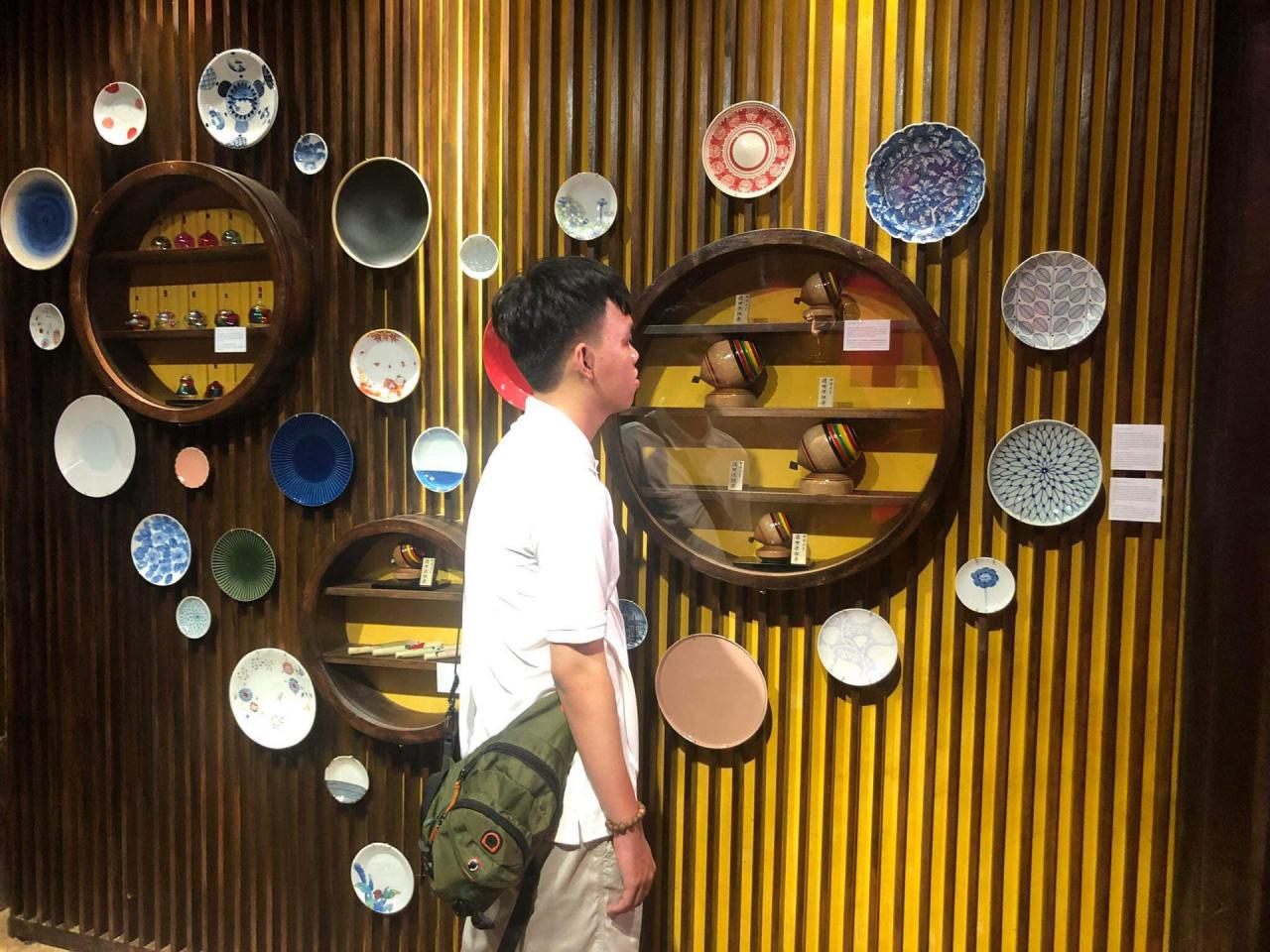
My mother loves Japanese ceramics. But the price of a genuine Japanese ceramic product is very high compared to Vietnamese currency, so she often collects old items.
While interning in Japan, I wanted to give my mother a surprise. So, I started my journey from Fukui Prefecture in the northwest of Japan to Kutani Kosen - one of the famous Kutani ceramics factories, established in the early 20th century.
Japanese ceramic art icon
Kutani Kosen continues to preserve and develop the traditional crafting techniques of Kutani ceramics. The most prominent here is the production of traditional ceramic products with a history of more than 350 years.
Kutani ware - a symbol of Japanese ceramic art, is produced in Kanazawa. This city is also the only place that produces both ceramics and porcelain of very high quality, popular and loved by everyone.
Kutani pottery dates back to the late 17th century and is closely linked to the development of Japanese culture and art. The combination of glaze colors and hand-painting techniques makes each product unique and full of artistic value, with colorful designs and intricate patterns.
Kutani porcelain is not too unfamiliar to Japanese ceramic players in Vietnam. This line is quite recognizable with its characteristic colors and patterns, from the glaze layer and diverse color palette: red, yellow, green, purple, blue... The Japanese often find ways to combine different colors harmoniously, from bright to subtle, creating a deep impression in each ceramic product.
Each color is not simply a decorative pattern or tone, but also carries a deep cultural and spiritual value, especially close to the Vietnamese people. For example, blue is associated with water, the ocean and freshness, often representing peace and sustainability, red often represents energy, strength and luck. Because of the closeness, elegance and sophistication, there is a strange connection between Japanese and Vietnamese ceramics.
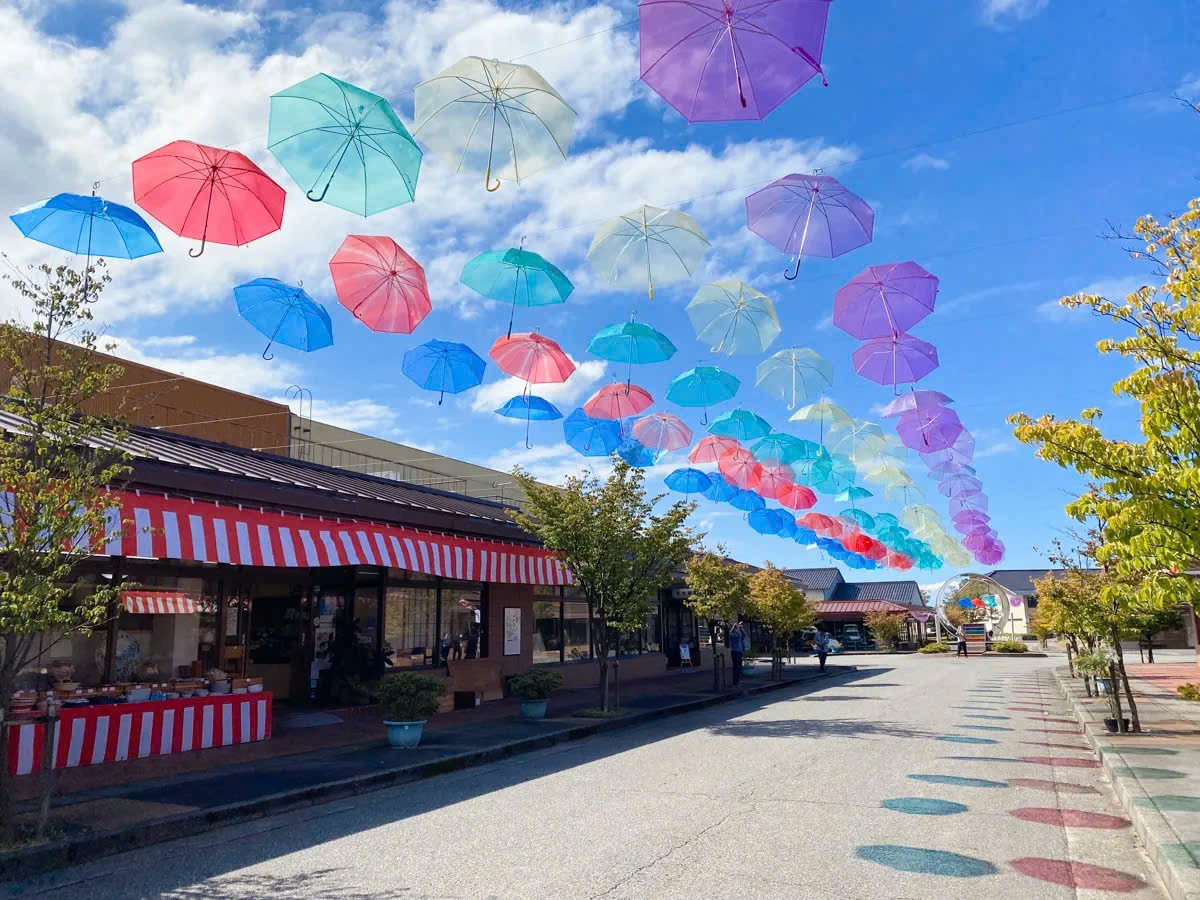
Part of cultural life
The island nation's extensive trade with mainland countries and the West resulted in an extremely diverse Japanese culture, which is clearly reflected in its ceramics.
Traditional crafts in Japan and Vietnam, especially ceramics, have existed for a long time. From the beginning, to meet the needs of life, people have created products to serve their lives.
Over the course of history, both countries have combined their own primitive techniques with foreign advances to create refined, better quality products. Although they have both received technical influences from China and other countries in the region, artisans from both countries have found their own paths of development that are consistent with their own characteristics.
A visit to the Kutani Kosen workshop not only gave me an insight into the production process, but also opened up a world of traditional art. Here, I got to chat with the artisans and craftsmen to learn about their inspiration and techniques.
I realized that ceramics for Japanese people are not only a commercial item but also an important part of culture and heritage… This is a great experience for those who love art and want to explore the long-standing traditions of Japan.
Vietnam also has many famous ceramic villages such as Chu Dau, Bat Trang, Phu Lang, Dong Trieu... The land of cherry blossoms has Arita and Imari in the Kyushu region, Yaki in the ancient capital of Kyoto...
And if Vietnamese pottery villages can open more spaces for tourists to experience the colors and stories of pottery like my journey at the Kutani Kosen Kiln pottery workshop, I am sure that the craft village spaces will leave a strong impression on tourists.
I bought colorful plates and cups as gifts for my mother and cartoon cups named after many famous Japanese movies such as Doraemon, My Neighbor Totoro... for my younger brother. When I returned home, my joy doubled when I saw the surprise in my mother and brother's eyes...
Source: https://baoquangnam.vn/lang-thang-vao-the-gioi-nghe-thuat-truyen-thong-3141113.html




![[Photo] Ministry of Defense sees off relief forces to the airport to Myanmar for mission](https://vstatic.vietnam.vn/vietnam/resource/IMAGE/2025/3/30/245629fab9d644fd909ecd67f1749123)

![[Photo] Prime Minister Pham Minh Chinh chairs meeting to remove difficulties for projects](https://vstatic.vietnam.vn/vietnam/resource/IMAGE/2025/3/30/7d354a396d4e4699adc2ccc0d44fbd4f)


























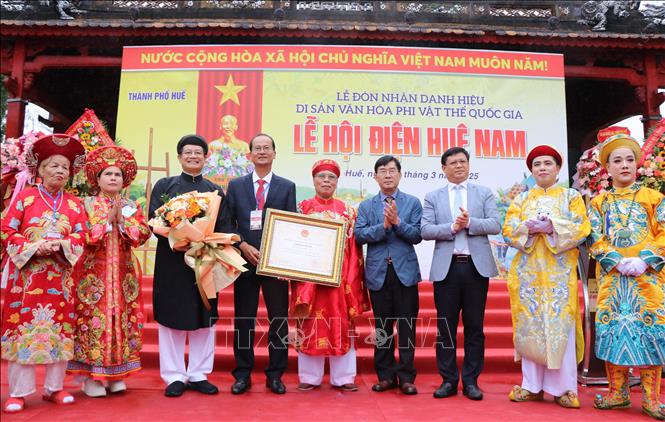

















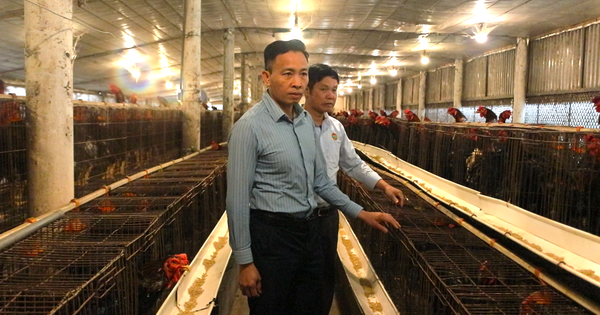



















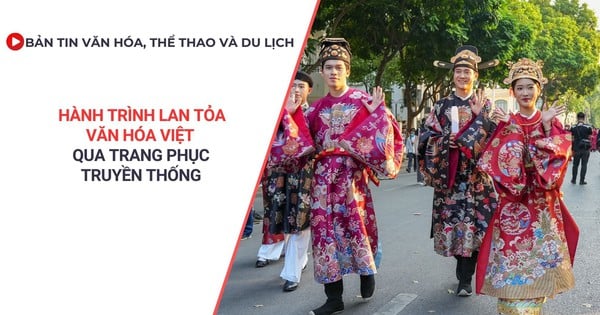

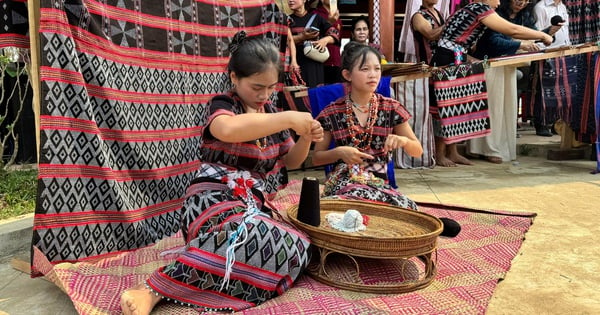





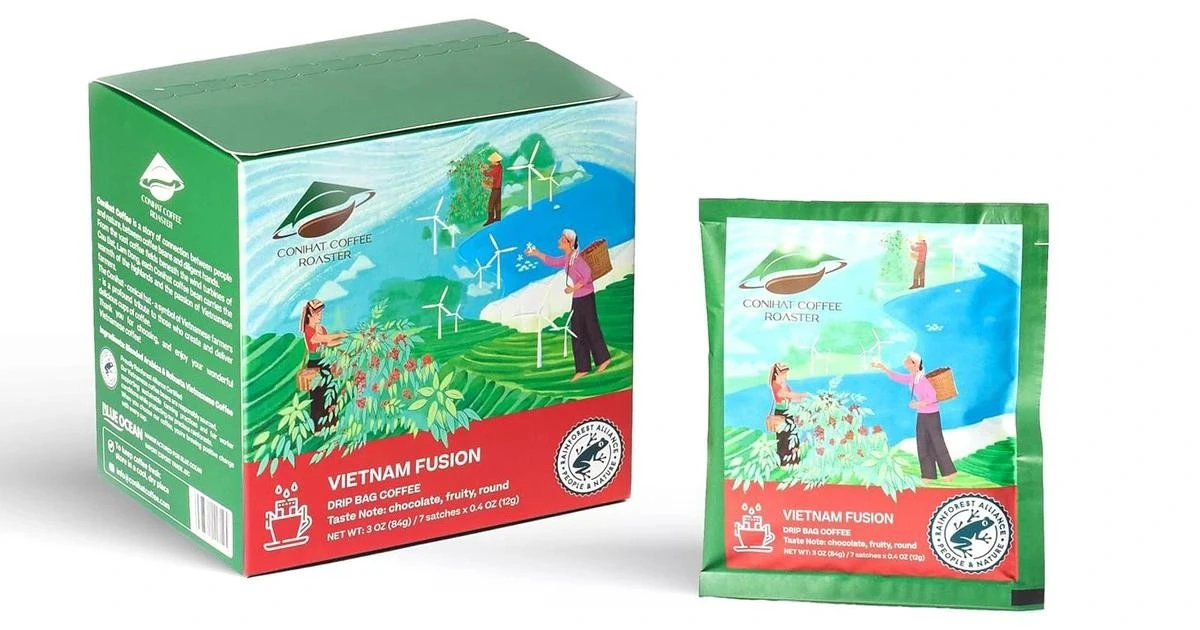


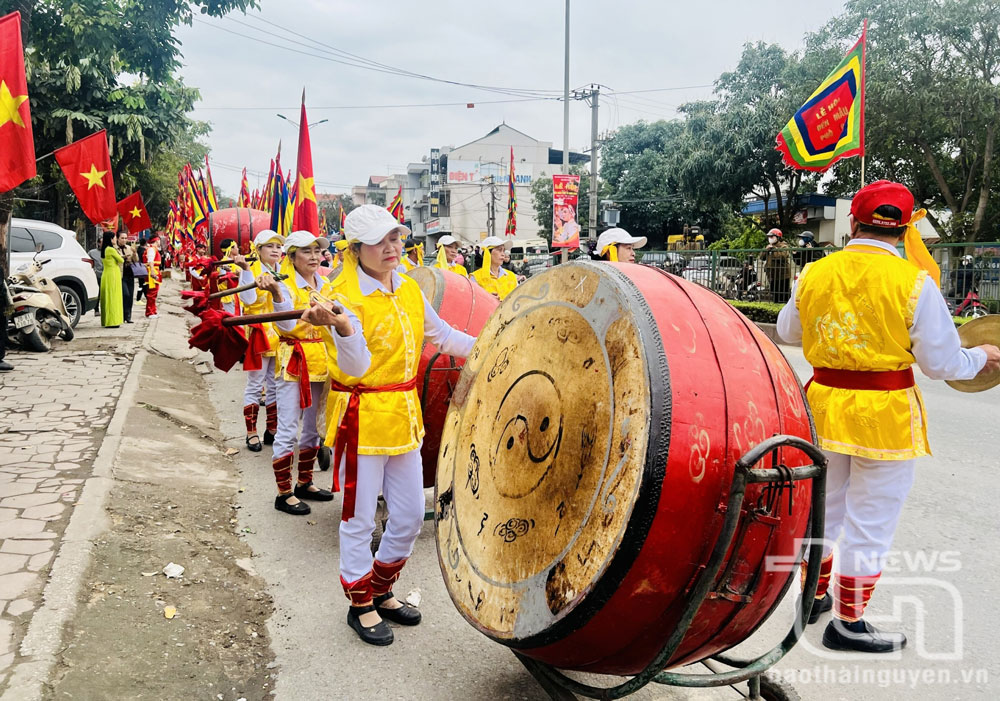

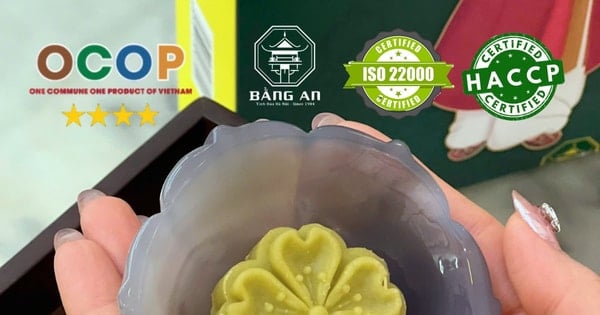

![[REVIEW OCOP] An Lanh Huong Vet Yen Cat](https://vstatic.vietnam.vn/vietnam/resource/IMAGE/2025/3/27/c25032328e9a47be9991d5be7c0cad8c)



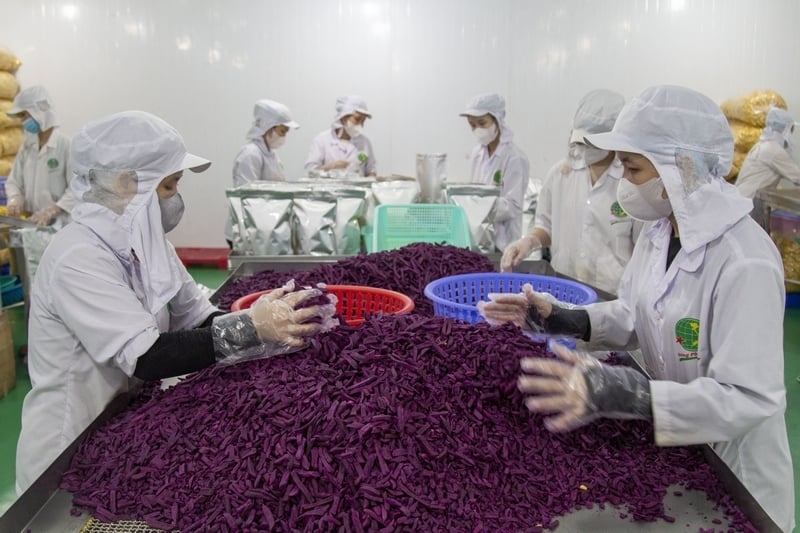
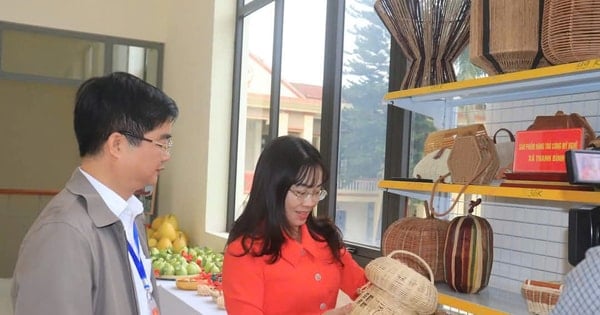
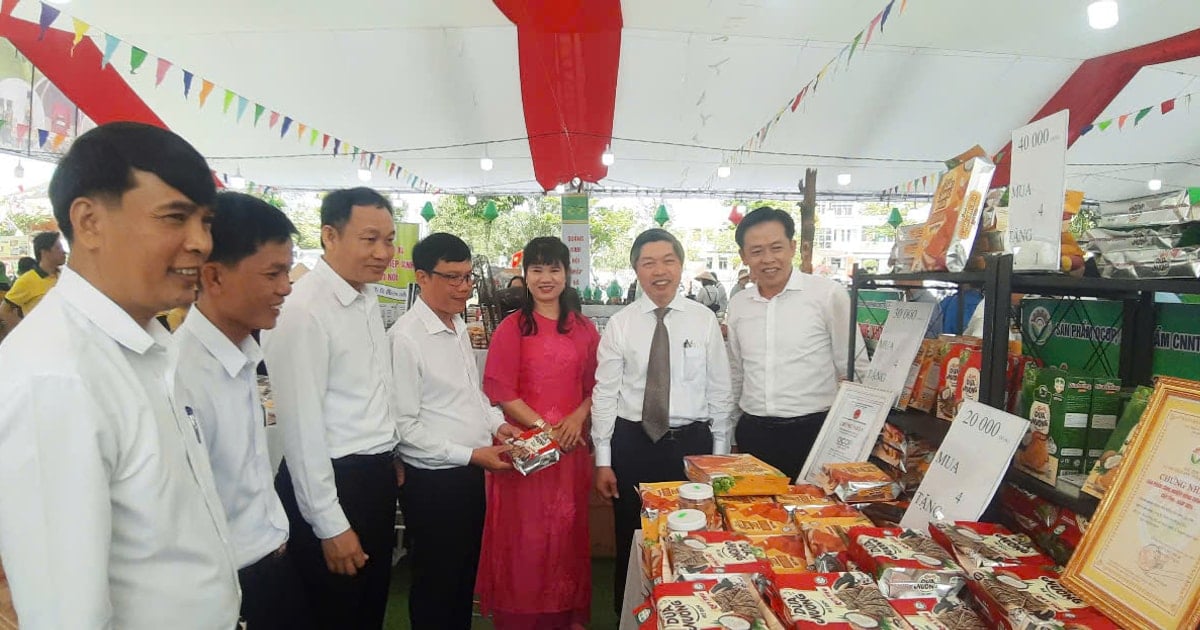
Comment (0)